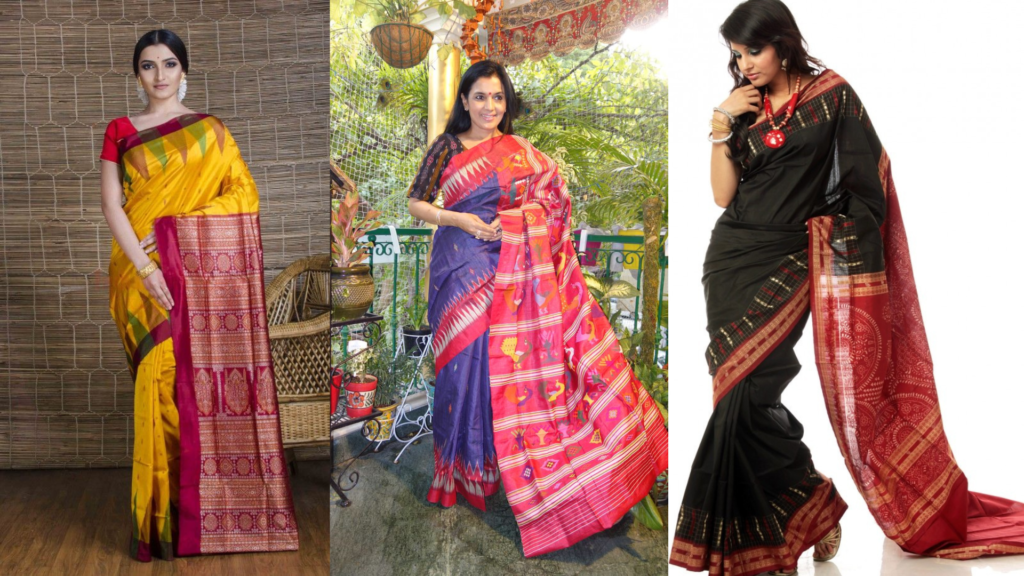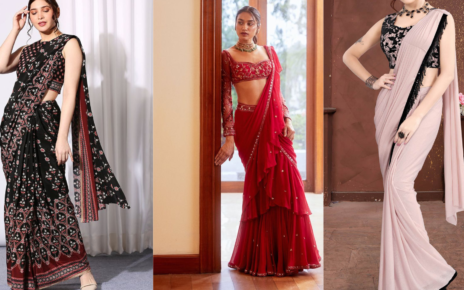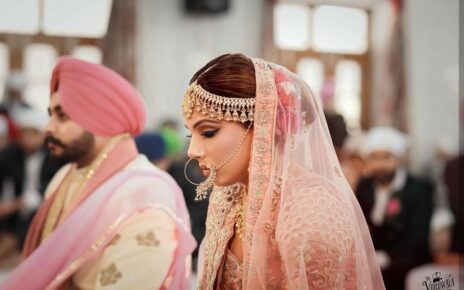Bomkai, also known as Sonepuri, is a fine fabric created using two of the most popular components of Orissa: ikat and embroidery. Firstly, this fabric is created by using the technique on a loom. Ikat and embroidery interleave beautifully with contrasting borders, making the embroidery look more enhanced. These sarees are mostly available in silk and cotton fabrics.
There are different cultures and different artwork from each corner of India, and it is just magical. These Bomkai sarees from Odisha are one such gem. The Bomkai name is given after the village where its major production happens in Odisha.
Bomkai sarees are part of the heritage of Odisha, showcasing the artisanal work of the true face of Orissa’s textile industry. These sarees were first made in the coastal region of Orissa. Recently, Bomkai has become one of the most loved sarees in other parts of the country.
The leading craftsmen of this art are from the village in the Bhulia community of Subarnapur. A single piece of this art requires five people to work for almost 35 days, then they get a master piece. The motifs that are used to decorate are tribal art, tortoise, flies, vegetables, lotus,
The saree is made using the mechanism after weaving the silk or cotton into yarn. Later, these yarns were spun into bobbins. These yarns are segregated into different color combinations. Once the yarns are measured, the tying and dying are done. Until the desired color is weaved, the worker keeps on weaving. The borders are woven separately, while the pallu and aanchal of the saree are woven along with the saree. Bomkai sarees are still made using the old Jaala method for weaving.

The Sonepuri sarees depict the mythological roots of Indian culture. Most of them are designed using natural motifs, mostly nature art. Flowers, fruits, birds, fish, etc. are the major highlights on the pallu. And some of the sarees have tribal art on the pallu. Bomkai sarees usually come in two shades, giving a perfect royal look with lattice work, i.e., a diamond-shaped embroidery on the border part.
These sarees are made using a low-count cotton fabric. Dying, setting up the loom, and weaving are the essential parts of manufacturing. As technology has evolved, people use the latest machines to complete tasks. Whereas there are people who are still using old jala technology during manufacturing to retain the original essence.
You will find numerous varieties of Bomkai sarees. These sarees are widely worn by classical dancers across the globe, hence making them a major attraction.




